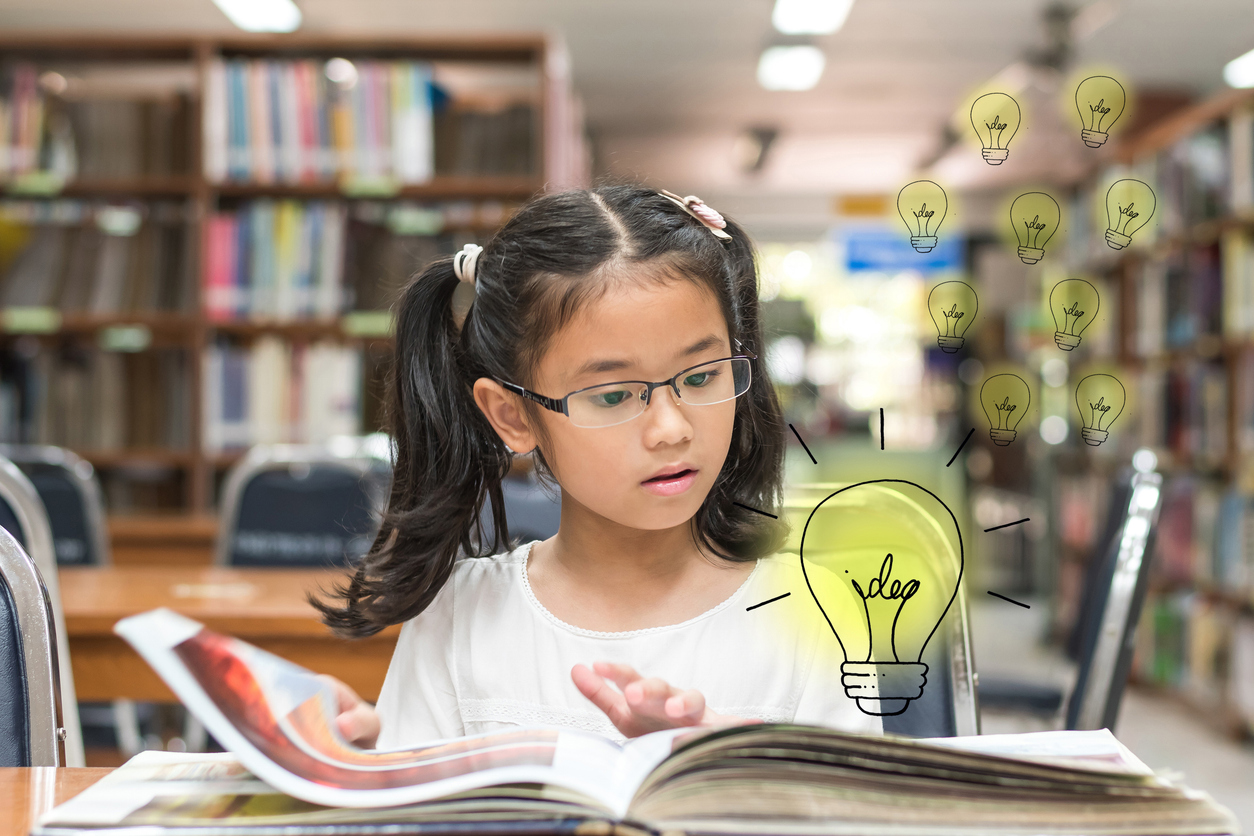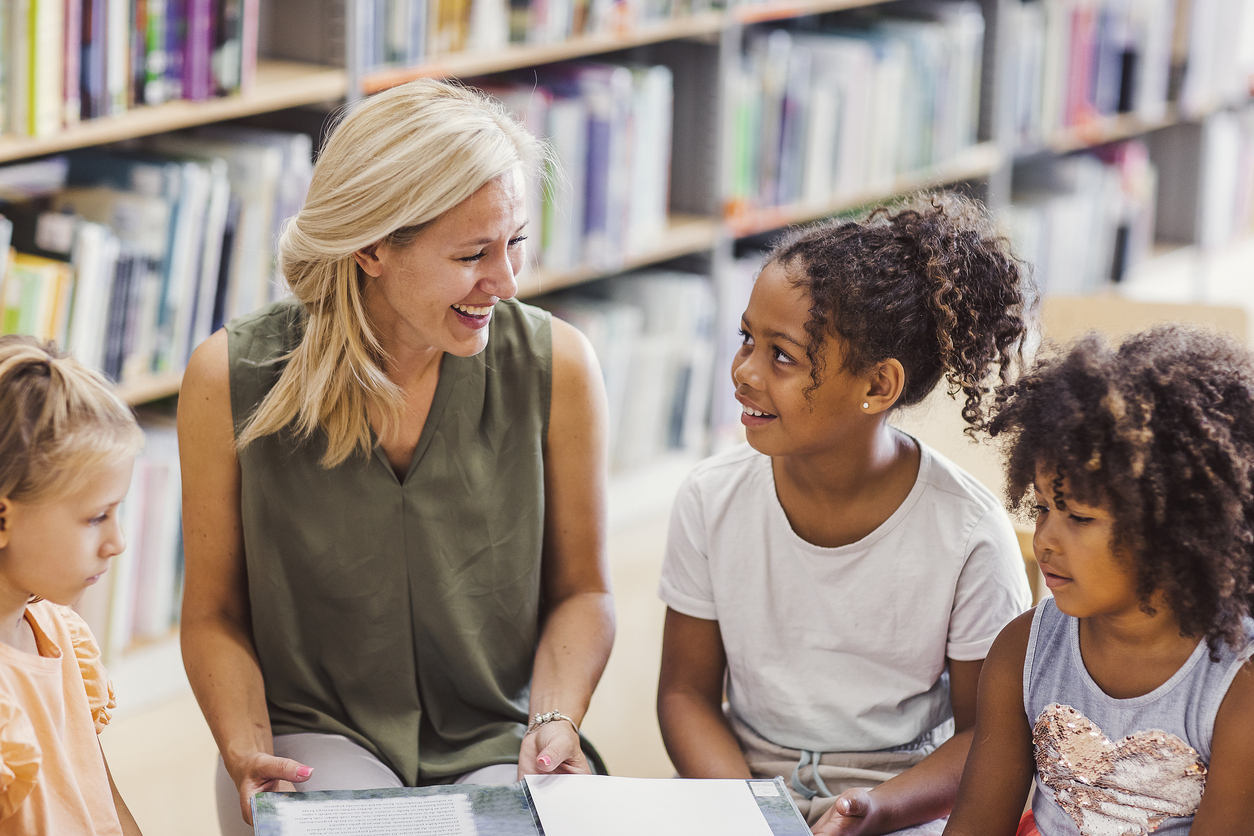Daily Instructional Practices and Strategies for K-12 Educators
Are you a K-12 educator looking for new ways to engage your students? Or new ways to simplify your daily instructional planning? Check out these practical and proven strategies that can enhance student engagement while streamlining daily instruction. From active learning techniques to thoughtful planning tips, these practices are designed to produce highly engaging learning experiences in any classroom setting.
Establish Expectations for Student Behavior Before Starting the Lesson
Creating a positive and effective learning environment requires establishing expectations for student behavior before starting the lesson. Clearly communicating what is and is not acceptable in the classroom can prevent misbehavior and interruptions, allowing students to focus on learning and participating in class activities. Setting expectations may include outlining consequences for inappropriate behavior, such as removal from the classroom or loss of privileges. By establishing expectations for student behavior at the start of the lesson, teachers can set the tone for a productive and respectful learning environment.
Use an Effective Instruction Cycle of Introduce, Model, Practice, Evaluate
To effectively instruct students, it is crucial to follow a well-planned instruction cycle. This cycle includes the introduction, modeling, practice, and evaluation of the subject matter. The introduction serves as an icebreaker that gives a glimpse of what the instruction aims to achieve. Next comes modeling, where the teacher shows the student how to perform the task at hand. This step is essential in demonstrating how the task should be done. Practice is where the student takes the reins and performs the task under the teacher’s guidance. The final step is evaluation, where the teacher assesses the student’s progress and provides feedback. By following this instruction cycle, educators can efficiently guide their students to achieve their objectives.
Prioritize Effective Lesson Planning for Successful Instruction
Effective lesson planning is an essential tool in a successful K-12 educator’s toolkit. It provides a roadmap for the teaching and learning process, ensuring that both educators and students have a clear idea of what needs to be achieved in a lesson. When planning, be sure to align your learning objectives with relevant standards and scaffold the learning materials to gradually increase complexity. Incorporate different teaching strategies, such as direct instruction, cooperative learning, and project-based learning, to suit diverse learning styles and needs. It’s also beneficial to include formative assessments throughout your lessons to gauge student understanding in real-time and modify instruction as necessary. Finally, factor in time for student reflection, an often-overlooked component that encourages students to internalize and apply their learning. Remember, a well-planned lesson is often the first step toward an engaged and successful classroom.
Download our FREE Lesson Plan Template here.
Use Visuals to Enhance Student Learning and Engagement
Visual aids play a significant role in enhancing student learning and engagement. Research suggests that visuals such as images, videos, and infographics are effective tools for improving comprehension and retention of information. These tools help to break down complex concepts into small, manageable pieces, making it easier for students to understand and remember. In addition, visuals grab students’ attention and stimulate their interest in the subject matter being presented. This helps to create a more engaging learning environment and promotes active participation and critical thinking. By incorporating visual aids into teaching, educators can effectively increase student engagement and learning outcomes.
Check out how Progress Learning’s visual aids, such as our Green Dot Challenge, Galaxy Star Challenge, and Alien Ranking Card Bulletin Boards, can enhance student engagement and support your instruction.
Integrate Technology in the Classroom for a More Interactive Experience
Technology has revolutionized almost every aspect of our lives, including education. Integrating technology in the classroom can create a more interactive and engaging experience for both students and teachers. Using projectors, interactive whiteboards, educational software, and other technological tools, teachers can present complex information in a more visually appealing and accessible way. With interactive tools, students can participate more actively in the learning process, providing greater opportunities for collaboration and cooperation. By leveraging technology, teachers can better customize learning plans to meet the individual needs of each of their students.
Incorporate Formative Assessments to Measure Understanding Throughout the Lesson
Incorporating formative assessments is a crucial element in measuring students’ understanding throughout the lesson. It helps teachers monitor student progress and adjust their teaching style accordingly. By using these assessments, educators can identify areas where students may be struggling, and they can provide additional support to improve performance. Moreover, formative assessments serve as a means for students to receive immediate feedback on their learning, allowing them to make necessary adjustments before moving forward. Overall, incorporating formative assessments in the classroom can enhance the quality of instruction and allow for a deeper understanding of the material.
Adapt Instructional Strategies to Meet Each Student’s Individual Needs and Strengths
In any classroom, students come from diverse backgrounds with unique learning needs and strengths. One-size-fits-all instructional strategies simply do not work for everyone. Educators must adapt their teaching techniques to meet each individual student’s needs and strengths. This means identifying what motivates each student, what learning style they favor, and where they might need extra support. Teachers must be flexible and willing to adjust their approach to enhance the learning experience of each student. By catering instruction to each student, teachers can create a more inclusive learning environment and inspire a deeper love of learning in their students.
Provide Specific and Actionable Feedback for Students to Use Moving Forward
Providing feedback is an essential part of the learning process, and giving feedback that is specific and actionable helps students understand how to improve moving forward. When providing feedback, it’s important to be clear and concise, focusing on specific areas that need improvement. Rather than simply pointing out mistakes, try to provide ideas for improvement and give examples of what students can do to address any issues. Dealing with feedback can be overwhelming, especially if it seems like there’s too much to do. Breaking it down into manageable steps can help students stay motivated and focused. Ultimately, providing feedback that is specific and actionable helps students grow and succeed in their educational journey.
Encourage Active Participation From All Students in the Classroom
Creating an engaging classroom environment that encourages active participation from all students is vital to fostering a positive learning experience. Teachers can promote participation in multiple ways such as using interactive learning techniques, asking thought-provoking questions, and encouraging open discussions. It’s important to ensure that every student in the classroom feels comfortable and confident enough to participate. Teachers should provide opportunities for students to express their ideas and opinions and make sure they are valued. By doing so, students will feel more inclined to contribute to classroom discussions, which can lead to an enriched learning experience for everyone involved.
The classroom should be a place that fosters education and growth. By using effective strategies like establishing expectations, modeling learning, using visuals to engage students, integrating technology, assessing student understanding, adapting instruction, providing specific feedback, and encouraging participation, you will create an engaging, safe, and positive learning environment for your students.
Put these strategies into action in your classroom today and watch your student’s learning thrive! Request a demo of Progress Learning here.


